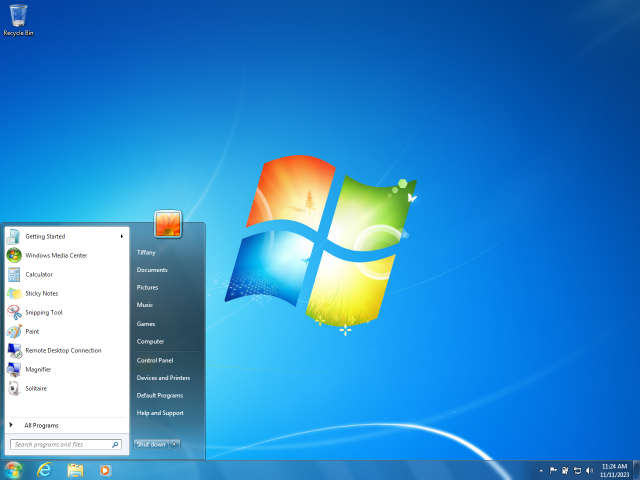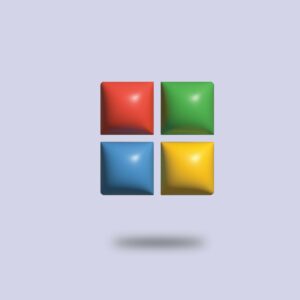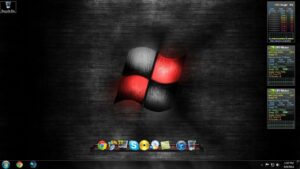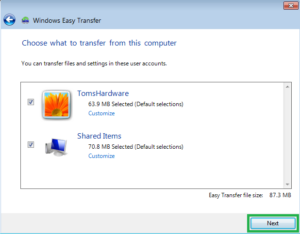Windows 7 Desktop Features: A Comprehensive Exploration of Productivity and Customization

Introduction
In the realm of operating systems, the desktop serves as the digital canvas upon which users navigate their digital experiences. Windows 7, a venerable titan in the world of operating systems, redefines the desktop with a myriad of features aimed at enhancing productivity and providing users with a customizable and intuitive interface. This extensive exploration will traverse the rich tapestry of Windows 7 desktop features, unraveling the intricacies that contribute to its enduring popularity and functionality.
1. Aero Interface: Aesthetic Elegance and Intuitive Navigation
At the forefront of the Windows 7 desktop experience is the Aero interface, a visual marvel that introduces transparency, subtle animations, and sleek design elements. This section delves into the aesthetics of Aero, exploring how it enhances the user interface, making navigation intuitive and elevating the overall visual appeal of the desktop.
2. Desktop Gadgets: Personalized Productivity at Your Fingertips
Windows 7 pioneers the integration of Desktop Gadgets, bite-sized applications embedded directly onto the desktop. We navigate through the diverse array of gadgets available, from weather updates and news feeds to system monitoring tools, showcasing how users can personalize their desktops to align with their unique productivity needs.
3. Jump Lists: Streamlining Access to Recent Activities
Efficiency is paramount in the digital landscape, and Windows 7 introduces Jump Lists as a streamlined approach to accessing recent activities and files. This segment unravels the functionality of Jump Lists, illustrating how they provide quick access to recently opened documents, frequently visited websites, and specific tasks associated with applications.
4. Snap and Shake: Multi-Tasking Made Effortless
Windows 7 revolutionizes multitasking with the Snap and Shake features. We explore how Snap allows users to effortlessly organize open windows side by side, enhancing productivity, while Shake simplifies the process of minimizing and maximizing windows with a simple mouse gesture, adding a layer of convenience to desktop management.
5. Libraries: Centralizing and Organizing Digital Content
The Libraries feature in Windows 7 serves as a centralized hub for organizing and accessing various types of digital content. This section delves into the functionality of Libraries, demonstrating how users can seamlessly organize documents, images, videos, and music, fostering a clutter-free and efficient desktop environment.
6. Aero Peek and Aero Flip: Navigating Windows with Finesse
Navigating between open windows is made elegant with Aero Peek and Aero Flip. We dissect these features, illustrating how Aero Peek enables users to preview open windows with a simple hover, while Aero Flip provides a visually engaging method of cycling through open applications, adding a touch of finesse to desktop navigation.
7. Customization: Tailoring the Desktop to Personal Preferences
Windows 7 empowers users with extensive customization options, allowing them to tailor the desktop to their personal preferences. This segment explores desktop background customization, theme selection, and icon personalization, showcasing how users can transform the desktop into a reflection of their individual style.
Conclusion
As our comprehensive exploration of Windows 7 desktop features concludes, it becomes evident that this operating system transcends mere functionality; it is a testament to the seamless integration of aesthetics and productivity. From the visual allure of the Aero interface to the organizational prowess of Libraries and the efficiency of Snap and Shake, each feature contributes to a desktop experience that is both intuitive and customizable. Windows 7’s desktop stands not only as a functional workspace but as a canvas upon which users can paint their digital narratives with finesse and flair, reaffirming its status as a timeless icon in the evolution of operating systems.







